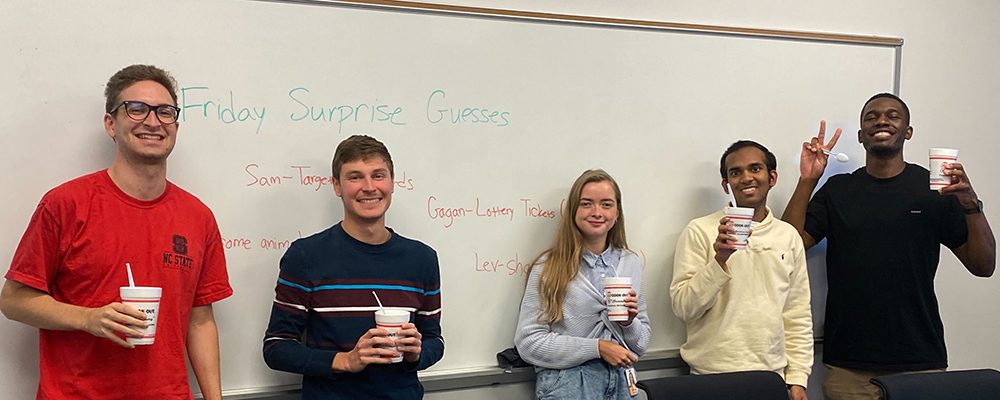One piece of advice that you will hear from seasoned MSA students and alumni is “Work on a side project!”
Proponents argue that it’s a great way to bolster your learning, show employers that you take initiative in your own education, and even have a bit of fun. But then, you learn about machine learning algorithms, neural networks, deep learning, and other huge, scary topics and you think: what could I possibly do? How do I even have the time to tackle such a huge project?
The good news for you is that you don’t need to write Kaggle-award-winning machine learning algorithms from scratch. The internet is awash in tutorials and open-source code that anyone can use, complete with documentation. If you’re new to the programming community, you’ll find that GitHub is an excellent resource for such purposes.
But Data Columnist, you ask, if I don’t write the code myself, what is the educational value in doing a side project with someone else’s code?
The answer: plenty! It’s one thing to conceptually understand machine learning, but it is quite another to adjust the parameters to see what it actually does for your task. You learn the unglamorous but important process of setting up the necessary dependencies (e.g. prerequisite libraries and software packages). You can also learn to use important industry tools like Amazon Web Services (AWS) to get more computing power – this may seem financially daunting but a semi-involved student will probably only spend $20 a month using higher-powered AWS tools for a side project, making it quite affordable.
Here’s an example: I worked on a side project a while ago with “style transfer.” Style transfer is a new type of digital art where the style of a painting (or photo) can be transferred using neural networks onto another photo (fun fact: one of the most influential papers on style transfer was co-authored by Kristen Stewart of Twilight fame!). Here’s one of my favorite examples of style transfer, which combines images from a picture book about dinosaurs with images from a picture book about flowers:

From Chris Rodley
I used this GitHub repository with very nice, clear step-by-step instructions and combined a photo of my native Detroit’s skyline with the style of a famous mural on the walls of the Detroit Institute of Art by Diego Rivera.

Detroit Skyline, from international-neighbors.org

I followed the easy step-by-step instructions, struggled with “dependency whack-a-mole” for several hours, but finally ended up with the following product of my labors:

… and it felt great! I created art, did machine learning, and learned how to use AWS, TensorFlow, and other industry tools in the process!
The take-aways here are that you can do a side project, it doesn’t have to take weeks of your life, and it’s okay to use other people’s code to learn how to do something. That’s why they post it on GitHub and provide instructions. You can excel in your classes at the MSA and do something cool on your own as well.
Columnist: Amy Hemmeter
Data Column | Institute for Advanced Analytics
The Collaborative Blog for Students in the Master of Science in Analytics
